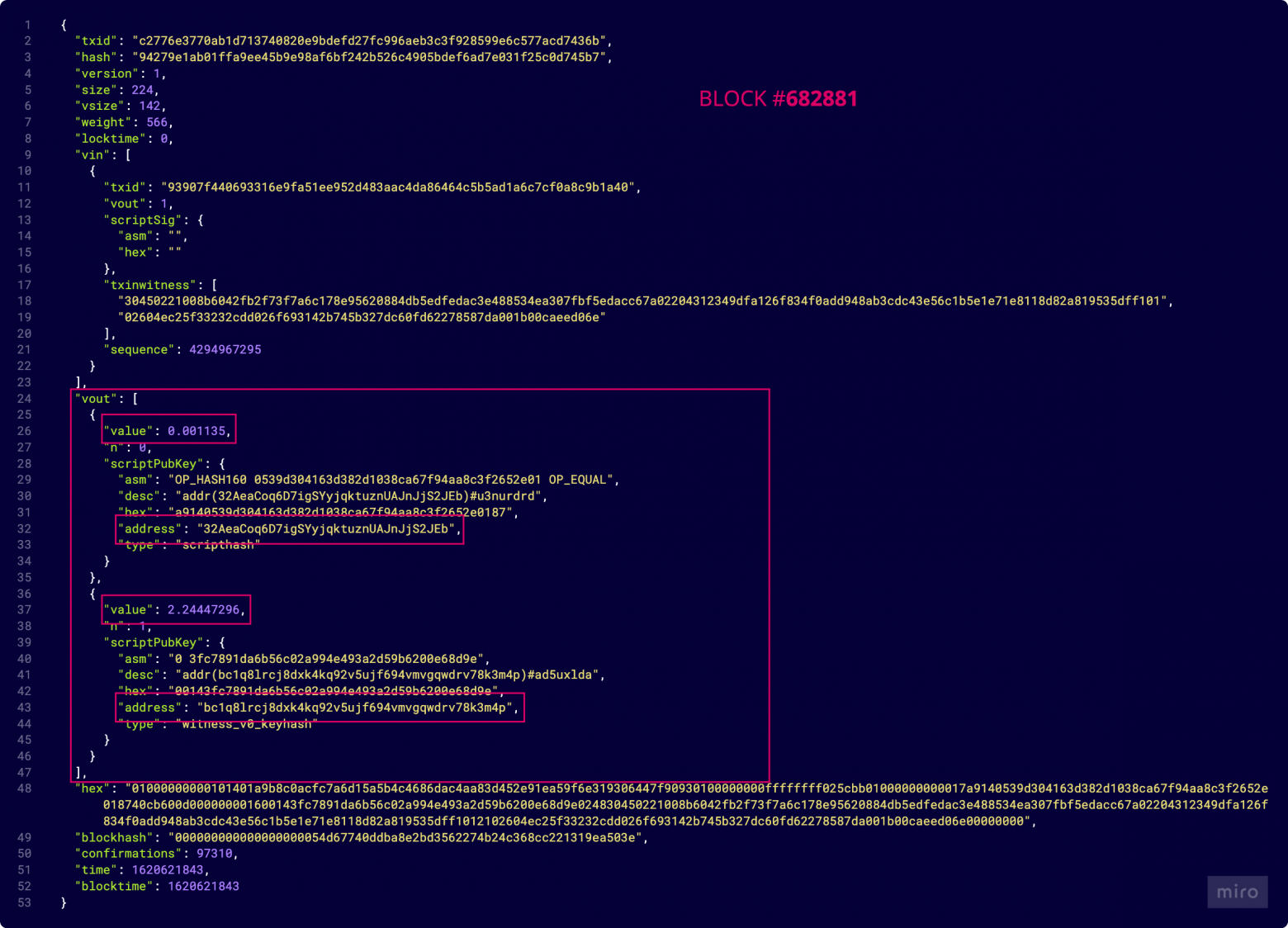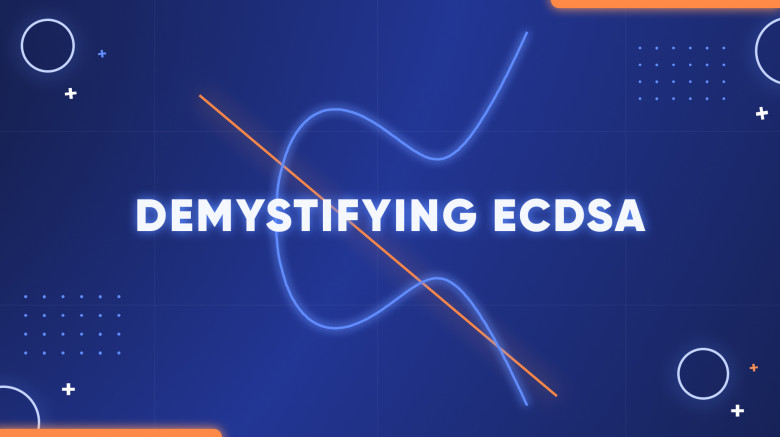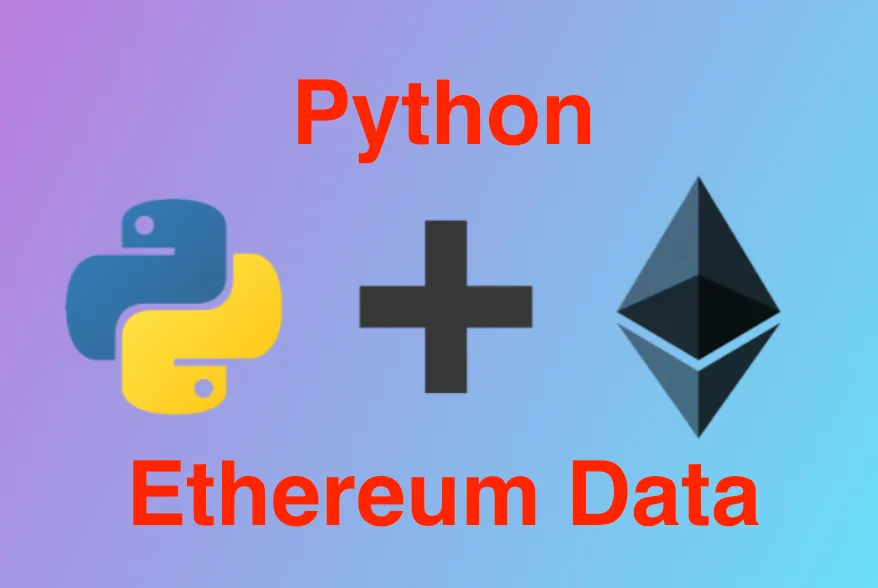As well all know, Bitcoin, is the highest rising digital asset of all time. This is partly because of Bitcoin’s speculative nature, unlimited potential, and its built-in difficulty adjustment designed to throw off the elements of supply and demand to create a balance. This increases the Bitcoin price against the USD in return. It is a major reason why the leading digital currency can potentially initiate the next crypto bull run.
Bitcoin (BTC) Price Today – BTC / USD




